image source
There is a story about a horse-drawn carriage. It is part of the royal tradition. There is more to it than the story of the prince's galloping galloping horse. Horse-drawn carriages are also known as ‘tomtoms’ in many places. This horse-drawn carriage has been the royal vehicle for more than two and a half centuries following the tradition in old Dhaka. It is currently on the verge of extinction. Rickshaws, cars, buses and minibuses will be seen on the roads of this congested city of Dhaka. There is no relief from this even on different festival days. There is no interest in going out with family for traffic jam. Some like to ride a rickshaw, some like a car, some like to sit in the park, some like to ride a horse-drawn carriage. It is known that in the past, kings, emirs and zamindars used horse-drawn carriages for various purposes. Horse-drawn carriages were the main means of transporting supplies to the battlefield. Horse-drawn carriages were introduced in Dhaka in 1830. At that time the country was under English rule. At that time horse carriages were running in different places of old Dhaka. Horse-drawn carriages were used as one of the means of transporting passengers from Sadarghat to Gulistan. However, 46 horse-drawn carriages are still plying regularly. The rent is 20 rupees per person. In addition to passenger transport, this horse-drawn carriage is used for weddings, pujas, processions of different days and shooting of movies. However, these works are decorated with flowers and taken in another form. There are also special costumes for coaches and helpers during these events. Especially in old Dhaka weddings, horse carriage is considered as an important accessory. Horse-drawn carriages are decorated in colorful colors on the occasion of marriage. Both horses and carriages are decorated with flower garlands and cut out of colored paper. Many make a living by driving horse-drawn carriages. It is known that the daily income from this car is two and a half thousand rupees. An owner of a horse-drawn carriage named Biplob told this correspondent that the contract was for Rs 6,000-7,000 for various events including weddings. Gulistan-Sadarghat linemen have to pay Rs 60 per day and Sadarghat linemen have to pay Rs 60 per day. Besides, 1 thousand 300 rupees has to be paid monthly in different sectors. This horse-drawn carriage of old Dhaka gives the passengers the opportunity to enjoy the journey of kings and emperors even today.
Even today, people rush to the horse-drawn carriages to introduce the new generation to the history of Dhaka. In our literary culture, the horse-drawn carriage is seen as a symbol of nobility. The Armenians were an influential community living in Dhaka in the early eighteenth and early nineteenth centuries. At that time they opened shops in different areas of Dhaka for business purposes. Sirco & Sons of Shankharibazar is one of them. The shop used to sell various European items. Sircoi was the first to introduce horse-drawn carriages in Dhaka. Back then it was known as ‘Theka Gari’. Later it became one of the main vehicles. At present there are horse stables in Bangabazar, Fire Service, Veterinary Hospital, Bakshibazar, Narinda, Siddiquebazar and Sayedabad areas. Kamal, a coachman in a horse-drawn carriage, said that in addition to traveling on the streets of old Dhaka, they rent Eid, Pahela Boishakh, state ceremonies, cultural events, weddings and other social events. And that's why some of their men have survived the tomtom business. The owners of horse-drawn carriages said that there are two types of horse tomtoms made of iron and steel in old Dhaka. A car with a pair of horses now costs around Rs 5 lakh. The cost behind the horse is several times. Especially gram, wheat, husk and boots are eaten. They cost 600-700 rupees for a pair of horses with husk and grass. Eight passengers were put in a two-wheeled horse-drawn carriage.
I have sat on this only once and it was really fun and i enjoyed it a lot and it is good to see such traditional aspects being carried till now.